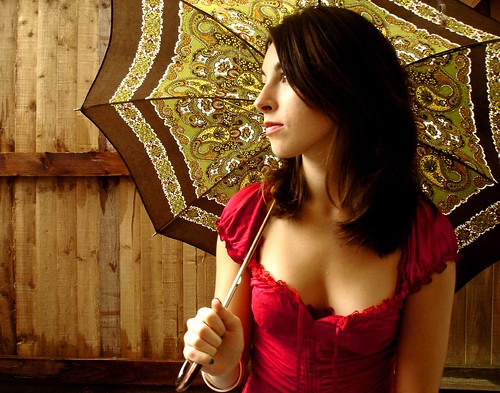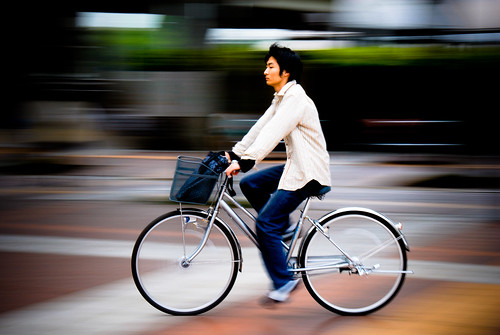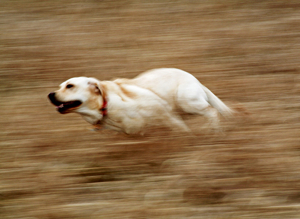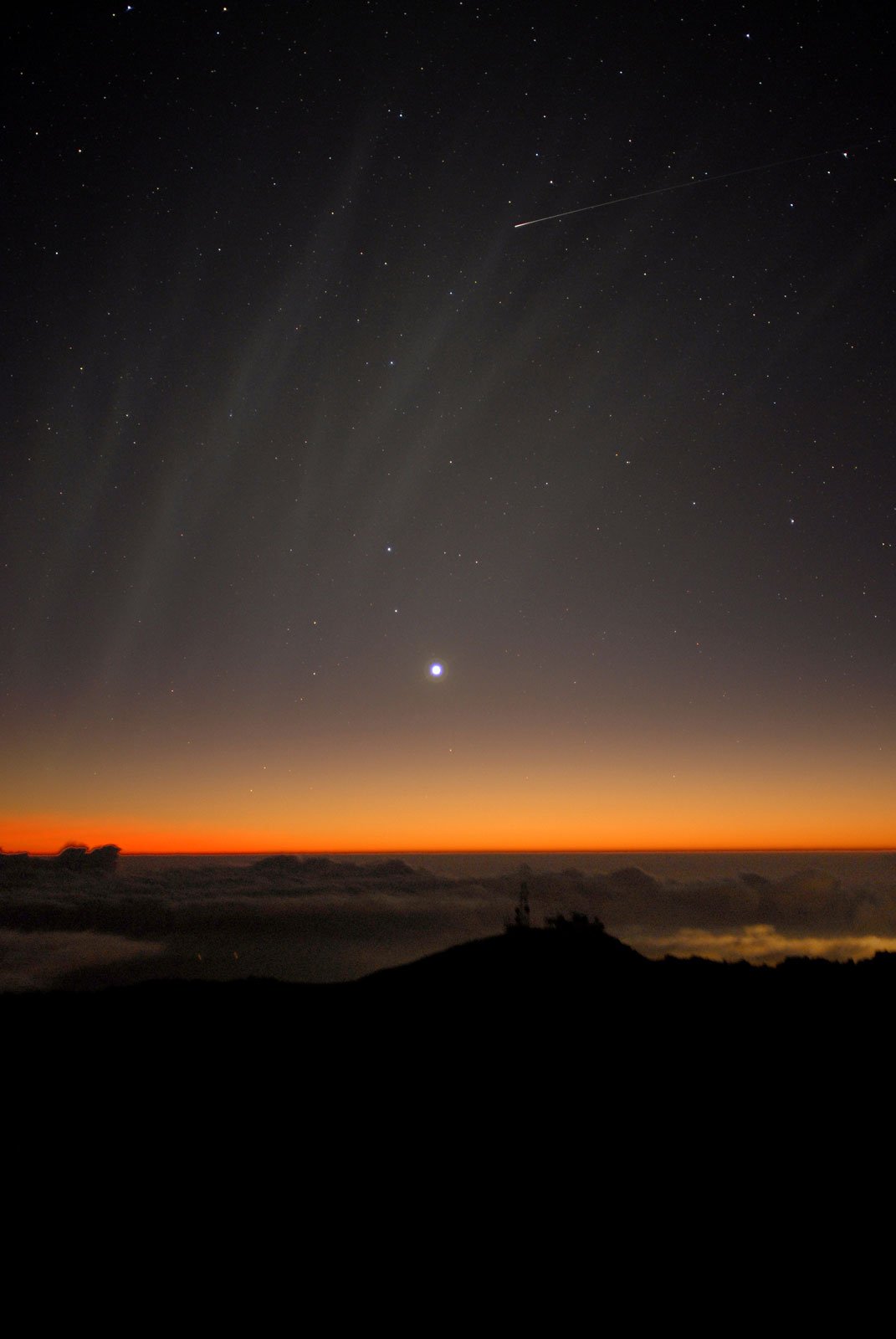Over the course of photography's history, the medium with which photographers capture their subjects has varied. From long exposure film to high tech digital cameras, advances in technology and innovation have opened multiple doors for photographs to choose what kind of camera they want to use. Most photographers own several cameras, often including at least one film based camera. However, with the further development of digital cameras, there is many reasons to take photographs using a digital camera. Here are the top six reasons you as a photographer should use a digital camera:
Reason #1: It's easy and convenient. Digital cameras are user friendly, with easy to use features and gadgets. They are also more compact, not needed extra film, so they are more convenient for carrying around with you to ensure that you don't miss a photographic moment.

Reason #2: Digital cameras save time and space. With digital photography, you won't have those piles of used film sitting around waiting to be developed. In addition, you don't need a light room. Your light room for digital photography is your home computer! Also, digital cameras store the pictures on a memory system, making them available to review immediately after taking and deleting if they don't meet your expectations.

Reason #3: Digital photographs are easy to edit and alter. You simply plug the camera into your computer, open some photograph editing program, and your good to go. You can edit them on your own time and can easily fix and alter things in the photograph that may take away from your complete satisfaction. While you can still do this with film, it is harder and more time consuming.

Reason #4: Digital photographs are versatile. These kinds of photos can be printed anywhere, anytime, on just about any surface. They can be blown up without losing any of their quality and can be transferred to something as big as a billboard.

Reason #5: It's cheaper! With film photography, you have to buy expensive film and supplies or pay the fee to have your photos developed for you. The cost of cleaning, repairs, development, and film can get ahead of you before you know it, mounting up to more than your paid for camera originally. Digital cameras only require a memory card and inexpensive photo paper.

Reason #6: Digital photographs are easily transferred. You can share your digital photographs with family, friends, or distant relatives. Since most of your digital photographs, if not all, are stored on your computer, all you need to do is either upload the files to an email and send or copy them to a CD or other writable storage device. Film photography is harder to share and more time consuming.

Making the transition from film to digital is something that some photographers were reluctant to do. Its hard to alter the medium you use cause it can change your style and artistic creativity. However, in this growing technological age, the change to digital is welcomed and is worth the hard work and the risk.

















































